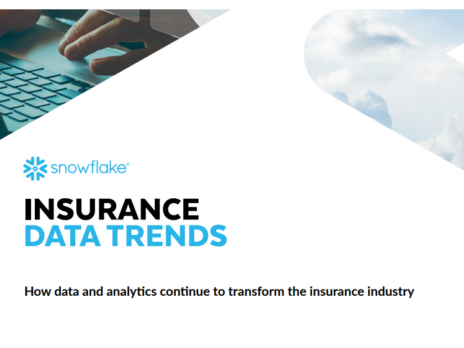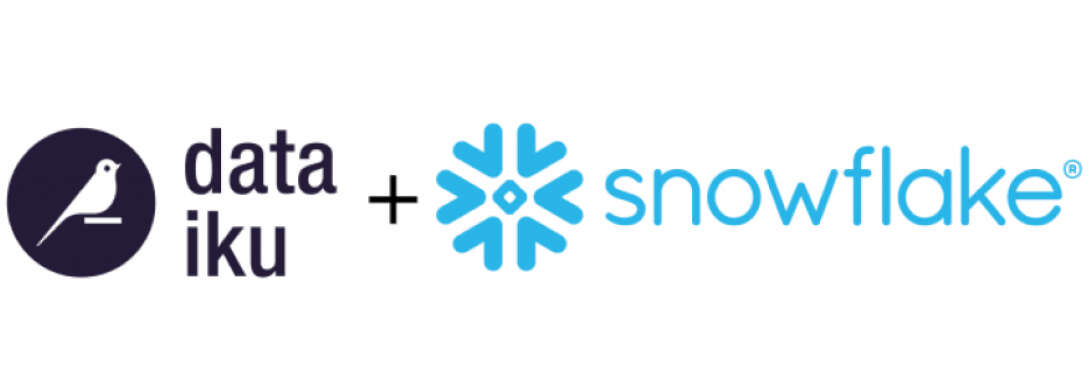Insurers must approach the future as data enterprises if they are to address changing consumer expectations, meet regulatory requirements, compete with emerging challengers, and address new and emergent risks. Amid changing macroeconomic and geopolitical factors, more data is becoming readily available to insurance firms for analysis, improving capabilities to understand the risk landscape.

Insurance firms are realising cloud, combined with machine learning (ML) and AI platforms that provide the orchestration layer on top, is a force multiplier that modernises data and technology to unlock value across the operation.
Organisations are taking advantage of enhanced data capabilities to provide omnichannel customer experiences and deliver new products and services at ever faster speeds. Such technologies optimise the collection, storage and analysis of data to improve business processes, from fraud detection to underwriting and claims management. This culture of data-driven decision-making lends itself to delivering commercially competitive data-centric solutions.
“I think everyone appreciates that digital transformation has multiple positive impacts on an insurer,” says Sully McConnell, head of insurance at Snowflake. “It transforms the customer experience, while also streamlining that experience, and helps to improve the cost of operations.”

Insurance Data Trends: How data and analytics continue to transform the insurance industry
By Dataiku & SnowflakeRealise operational efficiencies through data transformation
Many organisations are assessing advanced modelling techniques and AI to drive dynamic data, and making it more accessible to deliver better value. That expansion of access is a critical aspect of this journey.
“Becoming a data-driven organisation relies on having buy-in across the whole organisation,” says John McCambridge, Dataiku’s global solutions director of financial services and insurance. “An organisation with only some teams sharing data cannot unlock its full potential.”
Cost optimisation is a primary driver for digital transformation, to automate processes, reduce paperwork, and eliminate manual errors. Cloud computing and software-as-a-service (SaaS) models also aid insurers to scale their operations efficiently and reduce infrastructure costs, while remaining adaptable to macro factors and shifting customer demands.
Companies are modernising to ensure product development and innovation
By harnessing these digital technologies, insurers can better assess, mitigate and manage risks. They can leverage remote sensors, internet of things (IoT) devices and real-time data to monitor assets. They can also provide proactive risk alerts and offer personalised risk management solutions to improve risk prevention and reduce losses while shaping better customer outcomes.
Insurers can provide self-service options that help to meet consumer expectations for better, personalised experiences. Firms are understanding that they must alter their business processes to accommodate changing behaviours and customer needs. They can leverage data analytics and digital platforms to gain deeper insights into customer behaviour and preferences to tailor their offerings and services accordingly.
“One of the key ways insurers are incorporating third-party data is in underwriting,” says McConnell. “Whether it’s demographics about individuals or firm-o-graphics about commercial businesses, you can build extraordinarily broad customer profiles to get insights into potential future lost costs with data science models, so there’s a key opportunity to bring that into the underwriting process,” he continues.
Advanced analytics transform business approaches
AI and ML is furthering the development of advanced analytics through the vast volumes of data that is more readily available to teams. Firms driven by emerging technologies are better positioned to make informed business decisions with robust data and analytics, particularly in pricing, underwriting management and customer relations management.
“Traditional actuarial work doesn’t involve ML or AI at all, and it’s a key component of the industry. In time, more teams will adopt ML to complement or indeed ultimately drive their journey in this area,” says McCambridge.
As data enables a more granular picture of operations, risk can be priced accordingly to uncover more business opportunities. Insurers can heed this data growth to gain more receptiveness and usage for analysis. In property and casualty (P&C), for example, leading insurers are seeing loss ratios improve due to the powers of digital underwriting with external data.
The industry is becoming better positioned to capitalise on advances in technology, to get a more granular analysis of new and emerging risks with a richer view and understanding of customer data and how that can be more powerfully utilised.
What are the benefits of data collaboration with insurers?
“The C-Suite of almost every insurer believes they need to compete on data and analytics,” says McConnell. “Many organisations are in the early stages of moving on-premises systems to the cloud and trying to simplify and modernise their platform in the process. There’s a lot of momentum around harnessing all the capabilities that the cloud has to offer.”
But growth in data is hampered by how meaningful data is applied throughout the organisation. Understanding how companies can share data within the business more effectively will help tackle these challenges and remove silos.
Collating secure and accessible data – which previously sat within different teams and departments – helps to break down data silos and allows analysis and insights to be made more quickly. The benefit of proprietary technologies such as Snowflake and Dataiku is that they deliver enterprise-ready AI capabilities that enable customers to easily build, deploy and monitor different types of data science projects, including ML and deep learning. For example, AXA’s Smart Data Platform, powered by Snowflake, has experienced an ROI of at least 10%, which looks only to increase.
The security and governance of this single collaborative landscape between Dataiku and Snowflake help to build trust during the expansion of access to data, analytics and AI. This empowers both technical and business users, supporting multiple code options as well as no-code and low-code design components, in a secure and governed environment.
“IT and technology teams feel increasingly under pressure without appropriate mechanisms to manage the pressure of effectively collaborating with the business, or how to move more quickly without having to sacrifice governance,” says McCambridge. “These challenges are solvable, and many organisations have solved them, but you’ll often see these growing pains along the way.”
Forging a data ecosystem that changes the dynamics of business
Organisations can empower their data science teams by democratising data while easing workloads and providing more investment to grow teams as advanced analytics becomes a core industry focus. This includes removing infrastructure constraints and the limitations of classical statistical methods. The ability to scale using AI and ML should also permit easy onboarding so teams can utilise data quickly and efficiently.
“Some teams ultimately hit walls because they need to connect to other silos that are not as far along in the process of data collaboration,” says McCambridge. “If an employee has the right to access data, there should be a straightforward mechanism to access that data to derive value from it.”
With data becoming far more accessible – as insights can be extrapolated from internal and external data that has been combined to draw out previously unimaginable insights – connecting to thousands of partners, vendors and data customers enriches a full, 360°-view of the customer. The quick accessibility of this data-sharing culture will have a clear bottom-line impact on the future-focused business, enabling the future of risk to have highly performant technology and teams.


